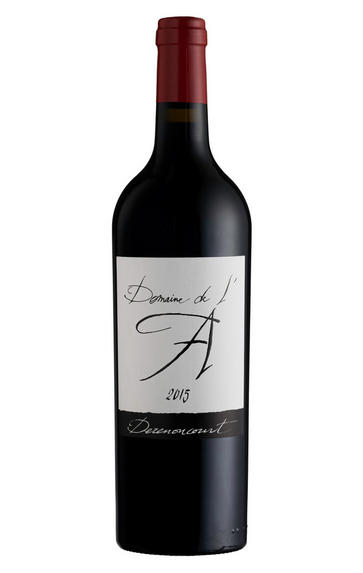
2015 Domaine de l'A, Côtes de Castillon, Bordeaux
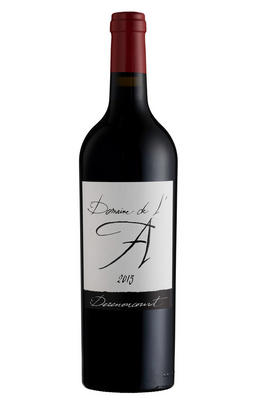
Critics reviews
Antonio Galloni, vinous.com (December 2017)
Jancis Robinson, jancisrobinbson.com (January 2019)
Decanter
About this WINE
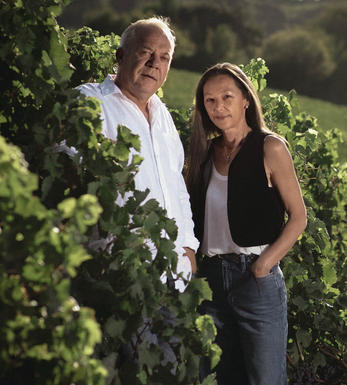
Domaine de l'A
World-renowned consultant Stèphane Derenoncourt and his wife, Christine, purchased 2.5 hectares in the commune of Sainte-Colombe in the Côtes de Castillon in 1999. Today, they have 11 hectares divided among various parcels, the majority on a south-facing slope with tuffeau limestone soil (to which Stephane attributes his wine’s floral aroma). The average age of the Merlot (70%) and Cabernet Franc (30%) vines is 55 years old. The domaine is organic but – for the time being – uncertified. Yields are tiny: 28 hl/ha in a generous vintage. Owing to its scale, undulating vineyards and the ethereal character of its wines, the domaine has a distinctly Burgundian vibe.
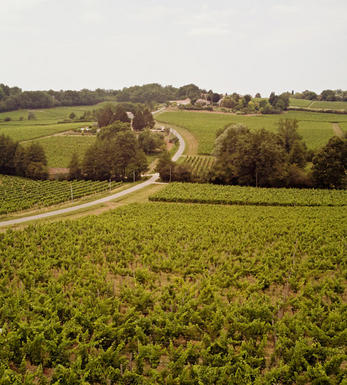
Côtes de Castillon
To the east of the St Émilion wine appellation, and on the north bank of the Dordogne, Côtes de Castillon has been the site of considerable interest and investment since the early 2000s. Wine production is significant, yielding over 1.5 million cases per annum and quality is quite variable, ranging from the everyday from the sandy and light gravel soils to imposing, aspirational wines benefiting from considerable investment, and made from the clay and limestone vineyards on higher slopes.
The style of these latter wines is akin to good St Émilion, and the wines use predominantly Merlot and Cabernet Sauvignon. In common with other regions recognised to produce interesting and good-value wines, several well-known St Émilion proprietors have invested in the appellation over the past decade, among them Gérard Perse of Ch. Pavie, Stephan Von Neipperg of Canon-la-Gaffelière, and consultant Stéphane Derénoncourt.
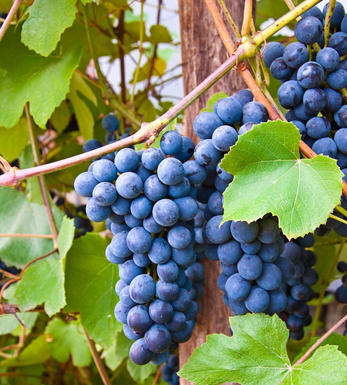
Merlot/Cabernet Franc
Merlot and Cabernet Franc are grape varieties commonly used in Bordeaux-style blends, particularly in the Bordeaux region of France. When these two grapes are blended, they can create a wine that combines the best characteristics of each variety.
Merlot is known for its smoothness, soft tannins, and ripe fruit flavours. It often contributes black cherry, plum, and chocolate flavours to the blend. The grapes are relatively easy to grow and ripen earlier than other Bordeaux varieties, making them versatile for blending.
Cabernet Franc, on the other hand, adds structure, depth, and complexity to the blend. It typically brings aromas of red fruits such as raspberry and strawberry, along with herbal notes like bell pepper and tobacco. These grapes have thinner skins and can be more challenging to cultivate, requiring specific growing conditions to reach their full potential.
When Merlot and Cabernet Franc are combined, the result is a well-balanced wine with various flavours and aromas. The blend often exhibits a Bordeaux wine's medium to full body, along with a smooth texture and moderate tannins. The specific flavour profile can vary depending on the proportions of each grape in the blend and the terroir and winemaking techniques employed.


Buying options
Add to wishlist
Description
The 2015 Domaine de l'A is one of the more flamboyant, extroverted wines in the Côtes de Castillon this year. Super-ripe black cherry, plum, licorice, mocha, espresso and tobacco infuse this sumptuous, racy wine. The 2015 is a stellar wine from Stéphane and Christiane Derenoncourt. Domaine de l'A is 80% Merlot and 20% Cabernet Franc, of which 20% has whole clusters. Yields were just 30 hectoliters per hectare.
Antonio Galloni, vinous.com (December 2017)
wine at a glance
Delivery and quality guarantee